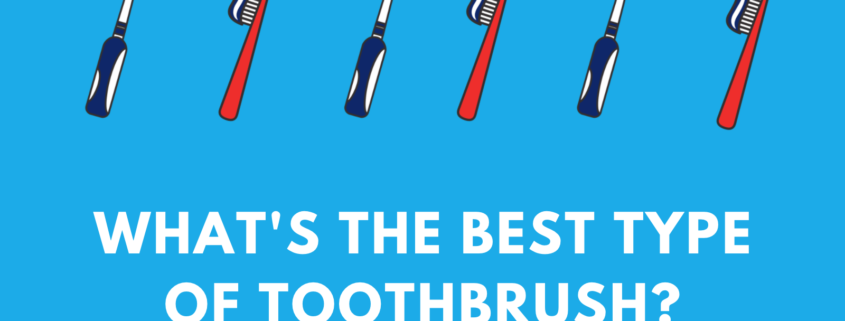What’s the best type of toothbrush?
A toothbrush is a powerful tool that can help you prevent oral disease. The selection of available toothbrushes in your local pharmacy or supermarket might overwhelm you. Today’s consumers have access to manual and powered toothbrushes all with different options for bristle texture. While manual and powered toothbrushes effectively clean teeth when used correctly, it is important to select a toothbrush that feels comfortable to you. If you have questions about what type of toothbrush you should use, feel free to speak with our team at Tim Chauvin, DDS & Associates. Our staff is happy to provide oral hygiene recommendations to help you safeguard your oral health.
Manual vs. Powered: Which toothbrush is better?
There is some debate over whether powered toothbrushes are better than manual ones. According to the ADA, if you use proper techniques, either option will help you remove the majority of surface debris on your teeth.
Powered toothbrushes typically cost much more than manual ones so if you’re on a budget, know that using a manual toothbrush is not an automatic disadvantage so long as you brush long enough with correct technique. Powered toothbrushes can be advantageous if you tend to bear down too hard when brushing or have issues with dexterity. For instance, many people with arthritis or similar conditions that affect dexterity might benefit from choosing a powered brush over a manual one.
Should I get a toothbrush with soft or hard bristles?
The texture of a toothbrush’s bristles can vary. The most common varieties you’ll see in stores are brushes with soft, medium, and hard bristles. Most oral healthcare providers believe that soft-bristled brushes are best. Medium and hard bristles could harm your tooth enamel—especially if you tend to brush with a lot of pressure and vigor. Both manual brushes and powered brush heads come in soft-bristled varieties.
How can bad brushing techniques affect my teeth and gums?
When it comes to brushing, one of the most important aspects of preventing disease is utilizing proper brushing technique. You could purchase the most lauded and expensive toothbrush and still develop tooth decay and gum disease if your brushing is subpar.
Proper technique involves brushing two to three times per day. You should spend about two minutes brushing your teeth and soft oral tissue each time you brush. Bearing down too hard while brushing could wear cracks in your teeth’s enamel and irritate your gingiva.
While you brush, it is important to gently run your brush over all surfaces of your teeth along with your gums, your tongue, and the insides of your lips and cheeks. Soft oral tissue harbors more bacteria than your teeth so it’s important to brush all surfaces in your mouth.
How do I care for my toothbrush?
Caring for your toothbrush is important. You should rinse the bristles of your brush after every oral hygiene session. You should also store your toothbrush in an upright position so that leftover water can drain off. Perpetually wet bristles could contribute to bacterial growth on your bristles’ surfaces.
A toothbrush or brush head should be replaced on a frequent basis. The American Dental Association recommends replacing your brush or brush heads four times per year. Setting reminders on a digital calendar or making a point to replace your brush as the seasons change are great ways to ensure that you don’t use a toothbrush for too long. It’s wise, too, to replace your brush or brush heads after you’re sick with common ailments like a cold, the flu, or a stomach bug.
The way you care for your teeth at home can have a big impact on your dental health. Our team is happy to help you improve your oral hygiene technique and recommend products. Call Tim Chauvin, DDS & Associates at (337) 234-2186 to schedule a checkup or cleaning.



